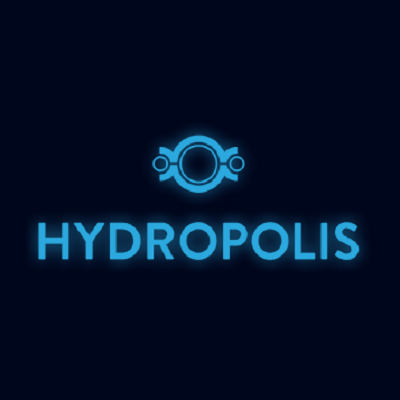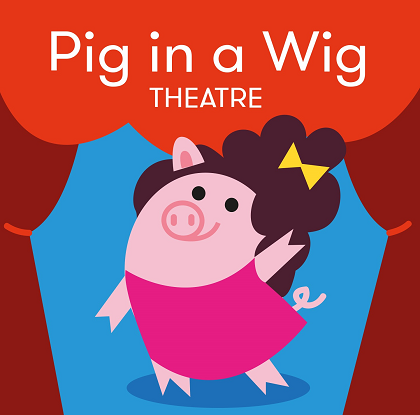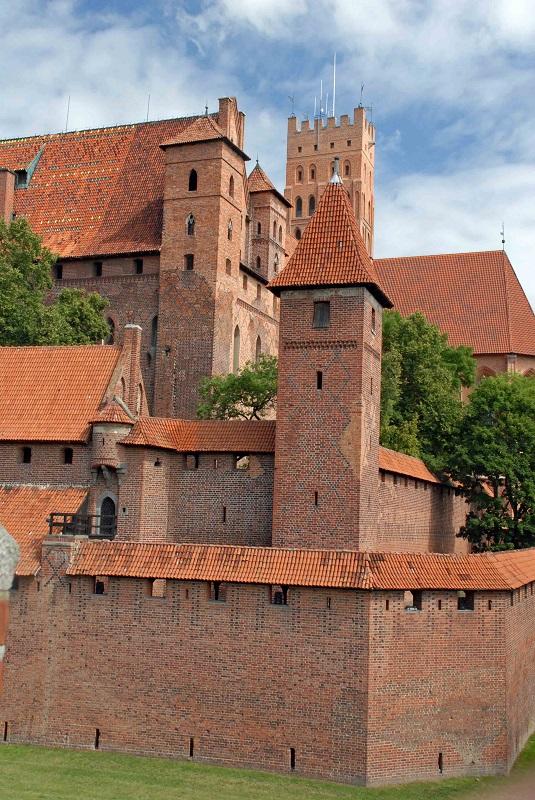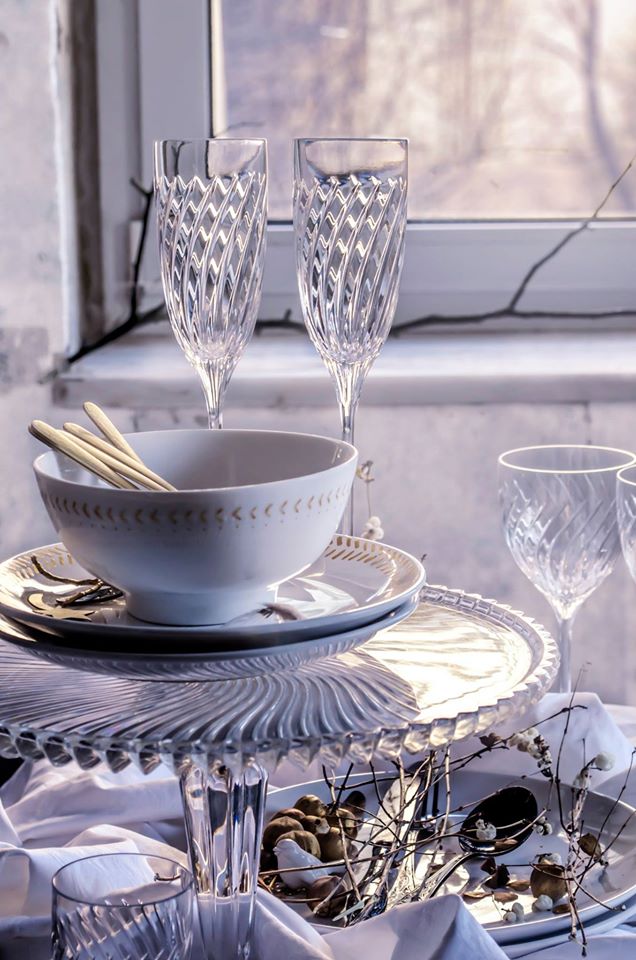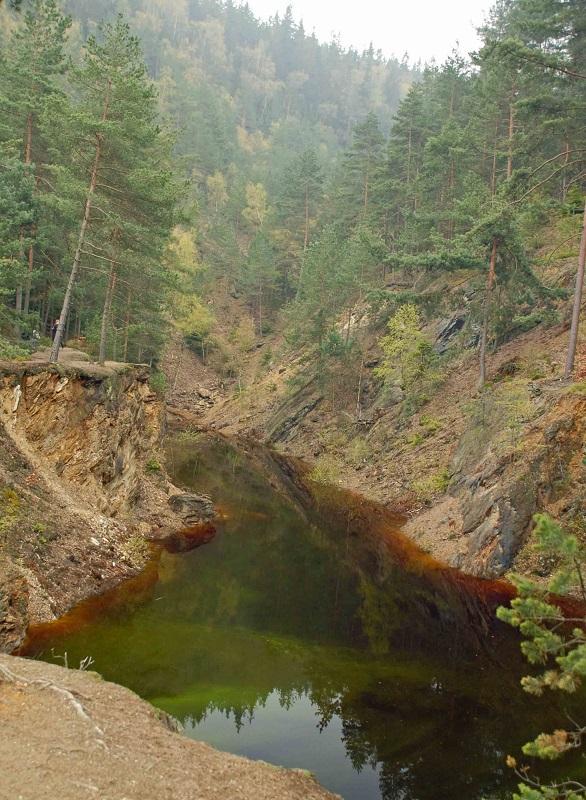Because of the stressful secondary school enrolment period, our holiday this year had to be cut very short. But, so as not to spend time at home and wonder if the amount of points that our daughter earned are enough for her to go to her dream school, we went on a short trip. We managed to see a lot of diverse attractions. There was something for the body and something for the mind, some history, a little ecology, some physical effort, a lot of fun and time spent together. One of the most interesting stops was Hydropolis – the water museum in Wroclaw.
The museum is housed in a XIX century, antique container of fresh water for Wroclaw. The container fulfilled its role till 2011, and now it is the Center of Ecology Education - Hydropolis.
The name of the museum sounds boring. It brings to mind posters, dusty exhibits, felt slippers and a woman that stands in the corner of the room and makes sure that nobody is touching the exhibits. In Hydropolis you will be nicely surprised. There are no slippers, no dust and... you can touch everything. This place was created for tourists, so they can roll, touch, press, play and check how everything works. For me, as a mom of a curious 8-year-old boy, that was a relief. Finally, I didn't have to run behind my son and all the time say "don't touch".
The exhibition starts with a movie in an unusually round hall with a pond. Be careful not to drop your bag or backpack in it. The exhibition consists of nine areas where you can look at the water from another perspective. You can find there a lot of information about the oceans and the most mysterious and inaccessible depths where scary creatures live. You can see the bathyscaphe, visit the Titanic and find sunken wrecks.




